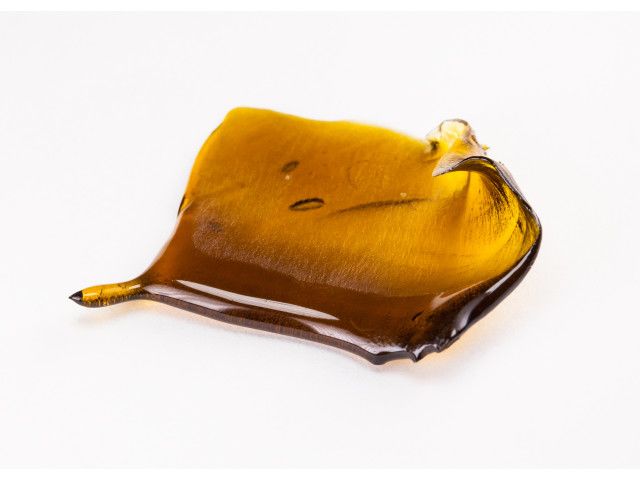
Discovering New Cannabinoids: H4CBD and H3CBN
Share
The world of medical research is constantly evolving, regularly revealing new compounds and derivatives that hold promise for human well-being. Among the latest advances in this field, two intriguing cannabinoids have emerged: H4CBD and H3CBN. In this article, we delve into the fascinating details of these CBD derivatives and explore their unique properties that could open up new avenues in health and medical treatment.
H4CBD and H3CBN: Discovery and Therapeutic Potential
Since the rise of cannabinoid research, new variants and derivatives of cannabidiol (CBD) are emerging, attracting increasing interest in the medical field. Two such intriguing derivatives are H4CBD and H3CBN, which have gained attention for their enhanced therapeutic properties compared to traditional CBD.
H4CBD: The Powerful Soothing
H4CBD, also called H4-cannabidiol or hydrogenated CBD, is a structural variation of CBD. It shares many molecular traits with its more famous predecessor, but stands out for its increased effectiveness in relieving pain and anxiety. This property can be attributed to a more powerful interaction with cannabinoid receptors in the human body.
Initial studies have suggested that H4CBD may be a promising option for treating conditions such as chronic pain and anxiety disorders. Its calming effects, more pronounced than those of standard CBD, could offer new perspectives for patients seeking natural alternatives to manage their symptoms.
H3CBN: Anti-Inflammatory Power
H3CBN, for its part, belongs to the category of CBD derivatives that have undergone specific modifications to reinforce certain therapeutic properties. Its uniqueness lies in its stronger anti-inflammatory properties compared to H4CBD and even standard CBD. This characteristic predisposes it to be explored as a potential treatment option for inflammatory disorders.
The increased anti-inflammatory properties of H3CBN may offer new avenues to combat chronic inflammatory diseases, such as arthritis, inflammatory bowel disease, and other related conditions. Although further research is needed to establish its effectiveness in specific clinical settings, H3CBN represents an intriguing advancement in the search for novel anti-inflammatory treatments.
Conclusion
In conclusion, H4CBD and H3CBN usher in an exciting new era of cannabinoid research and their medical applications. While H4CBD stands out for its enhanced ability to soothe pain and anxiety, H3CBN shines with its superior anti-inflammatory properties. Although these promising derivatives may offer new options for the treatment of various conditions, it is important to note that research is still ongoing and extensive studies will be needed to confirm their specific therapeutic benefits and establish precise treatment protocols.
